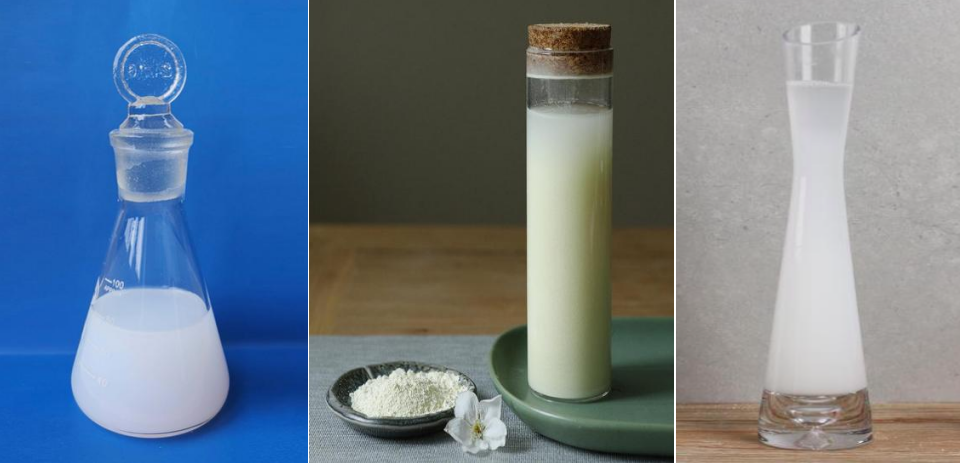Chemical Mechanical Polishing (CMP) is a technology that combines mechanical grinding and chemical etching. It uses the grinding action of ultrafine particles and the chemical etching action of the slurry to oxidize the surface of the medium to be ground (such as single crystal silicon wafers, integrated circuits, etc.). It overcomes the shortcomings of traditional chemical polishing, such as slow polishing speed, easy to cause polishing fog, and mechanical polishing, which is easy to produce mechanical damage and low polishing accuracy. It has become the dominant technology in the semiconductor processing industry.
![]()
silicon wafer
As the only global flattening technology at present, chemical mechanical polishing is widely used in the surface precision machining of sapphire, integrated circuits, hard disks, optical glass and other materials. With the rapid development of the semiconductor industry, the size of devices is reduced, the number of interconnected layers of copper wires is increased, and new materials such as III-V semiconductor materials, doped oxide materials and new structures such as MEMS, TSV, 3D structures and new nano-devices have become The emergence of chemical mechanical polishing has put forward more requirements and challenges.
1. The role of abrasives in polishing liquid
Abrasive is the main component in CMP slurry, and it plays two roles in the CMP process: (1) the implementer of the mechanical action, which plays the role of mechanical grinding; (2) the function of conveying materials, not only the fresh slurry It is transferred between the polishing pad and the material to be thrown, and the reactant is also taken away from the surface of the material, so that the new surface of the material is exposed for further reaction and removal. When choosing abrasives, priority should be given to abrasives with good dispersibility, good fluidity, moderate hardness and easy cleaning.
2. Advantages of silica sol
At present, in the CMP process, the commonly used abrasives mainly include silica sol, ceria and alumina. The advantages of ceria are its fast polishing rate, low hardness and good stability, but the currently used ceria Most of them are formed by mechanical grinding, the particle size dispersion is large, and the viscosity is also large. In addition, the high-low selection ratio of its polishing is also relatively poor, and the price is relatively expensive. Because of its high hardness, alumina is easy to scratch the surface of the workpiece when polishing soft workpieces, and it is not suitable for polishing softer workpieces. The silica sol has a particle size of 1-100 nm, and its colloidal particles have a large specific surface area, high dispersibility and permeability, so the damage layer on the surface of the polished workpiece is extremely small; in addition, the hardness and The hardness of silicon wafers is similar, so it is often used for polishing semiconductor silicon wafers. In general, silica sol has the advantages of controllable particle size, moderate hardness, low viscosity, low adhesion, and easy cleaning after polishing.

Different types of polishing liquids (from left to right: silica polishing liquid, ceria polishing liquid and alumina polishing liquid)
3. It is imminent to develop domestic CMP polishing liquid
With the continuous expansion of the electronic consumer market, the global CMP market is also expanding, and the demand for CMP consumables is also increasing. Among the CMP polishing materials, the value of the polishing solution is undoubtedly the largest. However, in the global CMP polishing liquid market, China started relatively late, and Anji Microelectronics has only a 2% market share in the global CMP polishing liquid market.
Trade disputes have intensified, and domestic CMP material companies should seize the opportunity of domestic substitution. The ZTE incident in 2018 and the ban on Huawei in 2019 have greatly promoted the localization of the semiconductor industry chain. Domestic downstream wafer manufacturers represented by SMIC have given domestic companies more opportunities in semiconductor materials for the safety and control of the industrial chain. Due to the high technical requirements and long certification threshold of integrated circuit equipment and raw materials, the localization process of CMP polishing liquid can only be a gradual process, starting from small batch sample delivery, and gradually transitioning to large batch replacement, so as to complete all the localization process.
The current international polishing liquid market pattern has a trend of decentralization, the gap of domestic materials is huge, the development space of China’s CMP materials is large, and the silica polishing liquid also needs to be further improved. Nowadays, for advanced manufacturing processes, it is necessary to provide customized polishing pad products that meet the requirements. The specialization and customization of polishing liquids will bring opportunities to domestic manufacturers. According to the characteristics of the polished workpiece, the silica polishing liquid can improve the particle size, hardness and pH of the silica sol, so that the silica polishing liquid can better meet the needs of different applications. The application prospect of silicon oxide polishing liquid in the field of chemical mechanical polishing is very broad.
